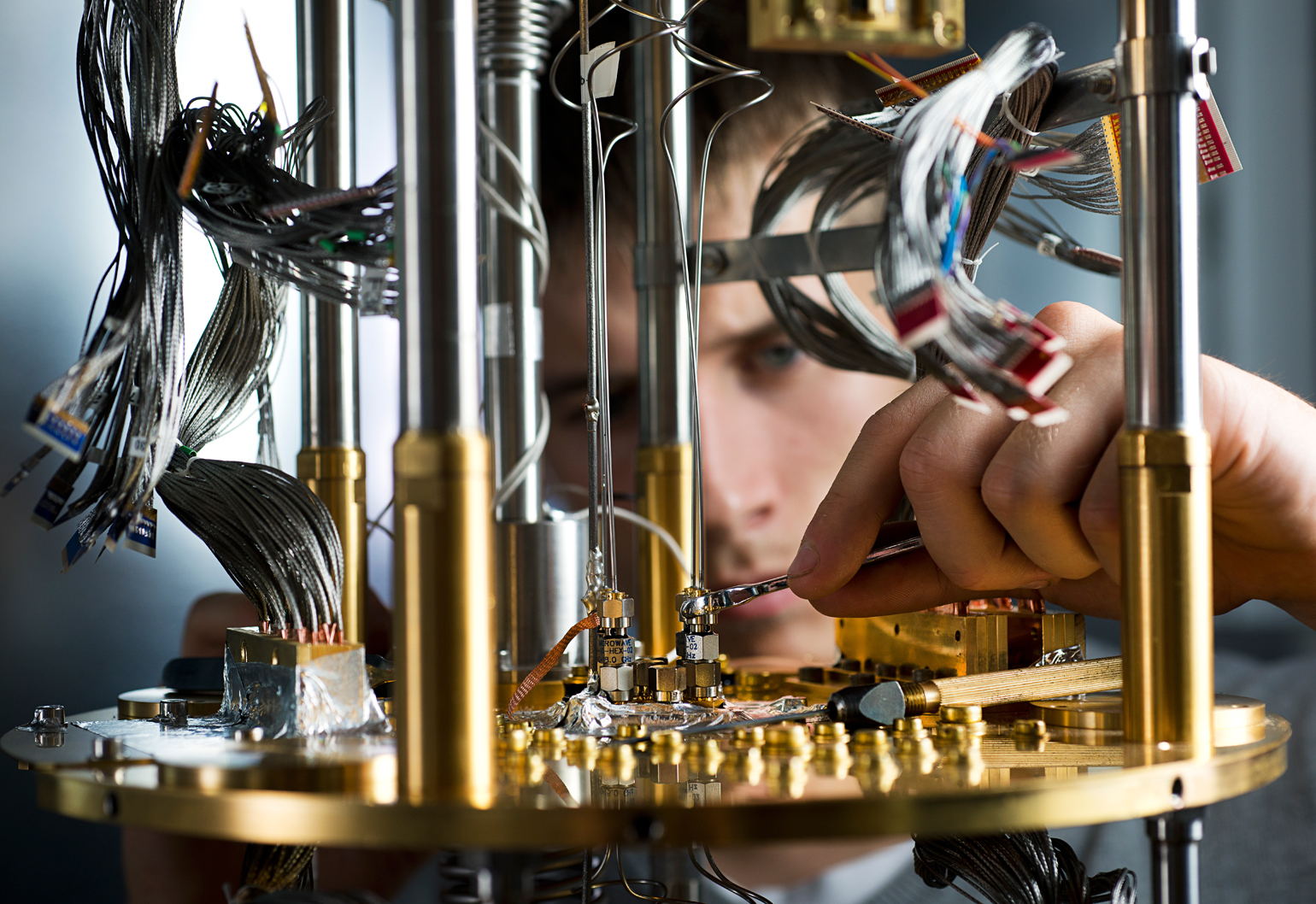According to a reported internet leak, Google physicists have used a quantum computer to solve a problem beyond the capabilities of conventional processors.
The news broke last month, when the tech giant published a “milestone” research paper on NASA’s Technical Report Server. Although they removed it a short time later, they weren’t quick enough to prevent the study being republished online by tech enthusiasts.
According to the paper, the researchers used a processor with 53 superconducting quantum bits (qubits) to sample a complex probability distribution. The quantum processor took around 200 seconds to collect 1 million samples – a task they claim the world’s fastest supercomputer, Summit, would take 10,000 years to complete
“This dramatic speed-up relative to all known classical algorithms provides an experimental realisation of quantum supremacy on a computational task and heralds the advent of a much-anticipated computing paradigm,” the paper stated.
Living up to the hype?
The term quantum supremacy was coined in 2012 by US physicist Professor John Preskill. Preskill’s professorial position at the California Institute of Technology is appropriately named for quantum mechanics pioneer and Nobel Prize winner Richard Feynman.
Responding to Google’s claim in Quanta Magazine, Preskill explained that the quantum supremacy described the point in time when quantum computers were able to do things that conventional processors couldn’t, whether those tasks were useful or not.
“I wanted to emphasise that this is a privileged time in the history of our planet, when information technologies based on principles of quantum physics are ascendant,” he added.
The term was initially controversial, due both to the negative connotation of the word ‘supremacy’ (which Preskill didn’t anticipate) and the hype around quantum processors (which he did). It has since been embraced by researchers, including those at Google.
But there are questions over whether the Google study rigged the odds for a favourable result. Preskill pointed out that the problem chosen gave quantum computing the edge over conventional processors, but did not have a practical application.
Through a set of operations, the Google researchers recorded whether their qubits output high (1) or low (0) energy states when sampled, and interpreted their combined output as a number between 0 and 253. They then used the quantum processor to work out the probability of each number occurring.
“This quantum computation has very little structure, which makes it harder for the classical computer to keep up, but also means that the answer is not very informative,” Preskill explained.
Other quantum computing researchers have put things more strongly. Dario Gil, director of IBM Research in New York, commented that a laboratory experiment designed to implement a very specific sampling procedure with no practical application did not prove that quantum computers were “supreme”.
What’s next?
But Preskill added that – if it’s genuine – Google’s achievement is remarkable. This is because the researchers verified the probability distribution calculated by the quantum processor with classical computers – except for the larger numbers, as they didn’t want to wait for millenia to get results.
This verification is important, as Heisenberg’s uncertainty principle means that observing the output of a quantum computer disturbs its operation. So quantum processors need to be almost perfectly isolated from the real world, while also allowing qubits to interact and be measured to determine calculations. Preskill said years of research into materials, fabrication, design and control had been dedicated to addressing all of these requirements.
“Now that we know the hardware is working, we can begin the search for more useful applications,” Preskill said.
Another feature missing from the Google quantum processor was error correction. Error correction is an important milestone in the quest for practical large-scale quantum computers, which physicist and 2018 Australian of the Year Professor Michelle Simmons is addressing through her research into 3D quantum arrays.
According to Ciaran Gillian-Lee at University College, London, if Google’s claims are true, this is an important step in the era of quantum computing. But we shouldn’t get too carried away, as there is still a long way to go.



